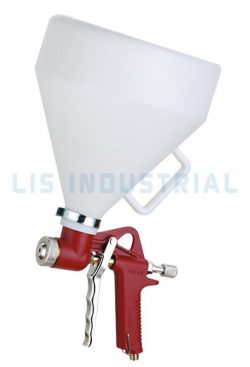Applied Observability Market Competitive Landscape, Research Methodology, Business Opportunities, Statistics and Industry
The Global Applied Observability Market report, released by Emergen Research, provides the target audience with the key information pertaining to the global Applied Observability industry. Our team of experts has performed a detailed analysis of the most vital elements of the Applied Observability market, including key drivers, constraints, opportunities, limitations, threats, and micro- and macro-economic factors likely to influence its growth over the forecast duration. The report exhaustively studies the current market scenario and prominent growth opportunities.
The field of observability has gained significant traction in recent years, with organizations increasingly recognizing its importance in ensuring the smooth functioning of complex systems. Applied observability, in particular, focuses on the practical implementation of observability techniques to enhance operational efficiency and improve overall system performance. This article provides an overview of the applied observability market, highlighting its drivers, restraints, and key statistics from government organizations.
Applied observability encompasses a range of practices and tools that enable organizations to gain insights into their systems’ behavior and performance. By collecting and analyzing data from various sources, such as logs, metrics, and traces, observability empowers businesses to proactively identify and resolve issues, optimize resource allocation, and enhance customer experiences. This holistic approach to system monitoring and troubleshooting has become increasingly crucial in today’s highly interconnected and dynamic digital landscape.
Several drivers are fueling the growth of the applied observability market. Firstly, the rapid proliferation of cloud computing and microservices architectures has led to increasingly complex and distributed systems. As a result, traditional monitoring approaches have become inadequate, necessitating the adoption of observability practices. Secondly, the rising customer expectations for seamless digital experiences have placed immense pressure on organizations to maintain high system availability and performance. Applied observability enables businesses to detect and address issues before they impact end-users, thereby enhancing customer satisfaction and loyalty.
Moreover, the increasing adoption of DevOps and agile methodologies has further propelled the demand for applied observability. These approaches emphasize continuous integration, delivery, and deployment, requiring real-time insights into system behavior to ensure smooth and efficient software development cycles. Applied observability provides the necessary visibility and feedback loops to support these iterative and fast-paced development practices.
While the applied observability market presents significant growth opportunities, it also faces certain restraints. One of the primary challenges is the complexity associated with implementing observability practices across diverse systems and technologies. Organizations often struggle to integrate observability tools into their existing infrastructure and face difficulties in aggregating and analyzing data from disparate sources. Additionally, the shortage of skilled professionals well-versed in observability techniques poses a hurdle to widespread adoption.
The report covers historical revenue and sales volume, and the data is further validated to provide a forecast market estimation of the market size and sales numbers for key regions along with types and end-user applications. Moreover, the report also includes macroeconomic factors and regulatory policies pertaining to the Applied Observability industry for evaluation and predictive analysis.
To receive a PDF sample of the report, visit @ https://www.emergenresearch.com/request-sample/2278















